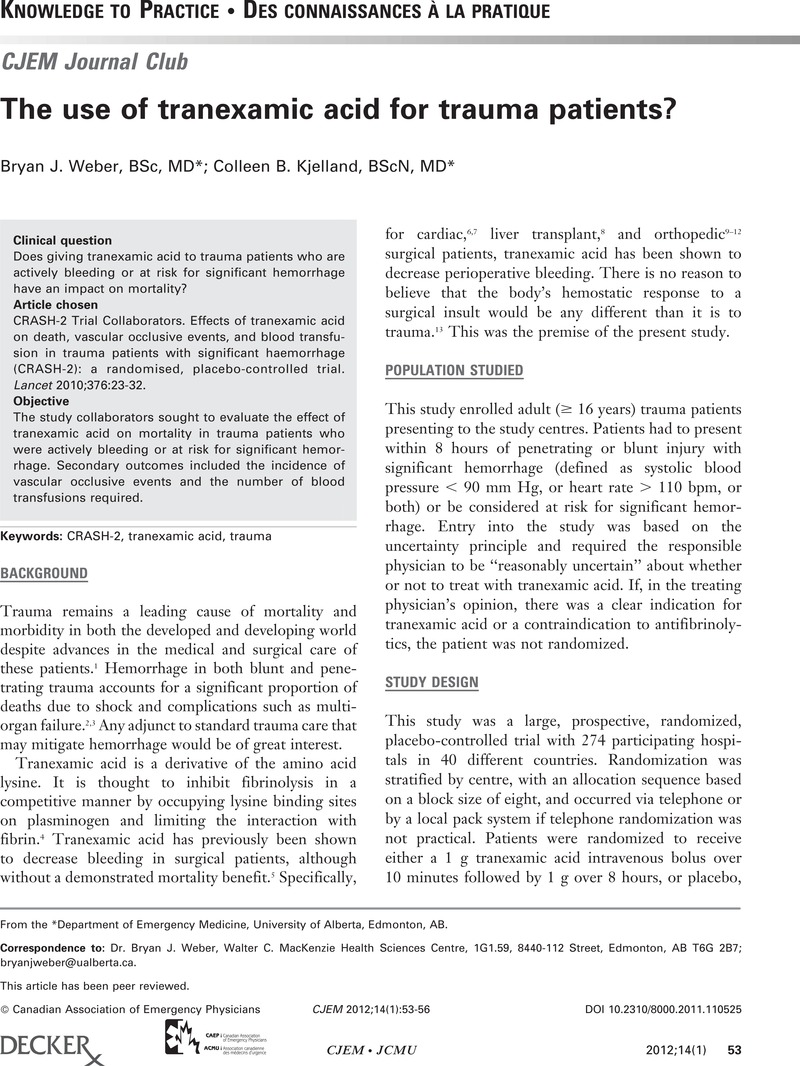Crossref Citations
This article has been cited by the following publications. This list is generated based on data provided by Crossref.
Miller, Michael P.
Trujillo, Toby C.
and
Nordenholz, Kristen E.
2014.
Practical considerations in emergency management of bleeding in the setting of target-specific oral anticoagulants.
The American Journal of Emergency Medicine,
Vol. 32,
Issue. 4,
p.
375.
Pohlman, Timothy H.
Walsh, Mark
Aversa, John
Hutchison, Emily M.
Olsen, Kristen P.
and
Lawrence Reed, R.
2015.
Damage control resuscitation.
Blood Reviews,
Vol. 29,
Issue. 4,
p.
251.
Holbreich, Vyacheslav A.
Maskin, Sergey S.
Matyukhin, Viktor V.
Klimovich, Igor N.
and
Alexandrov, Vasily V.
2024.
Modern strategies of hemotransfusiology and alternatives to blood transfusion.
Journal of Volgograd State Medical University,
Vol. 21,
Issue. 2,
p.
12.



